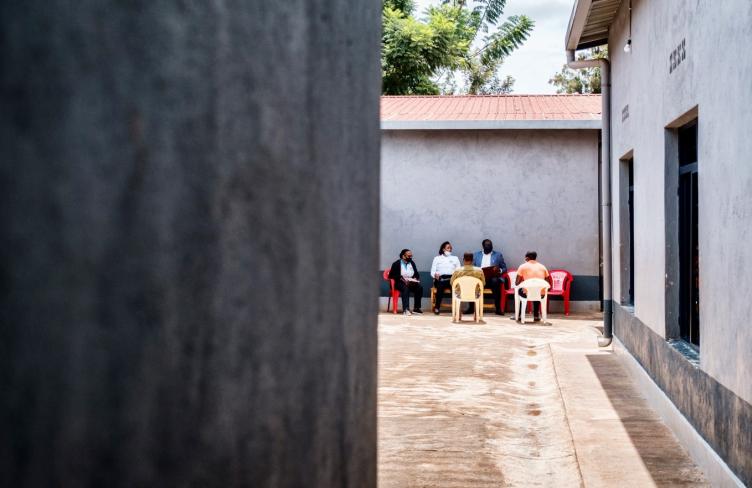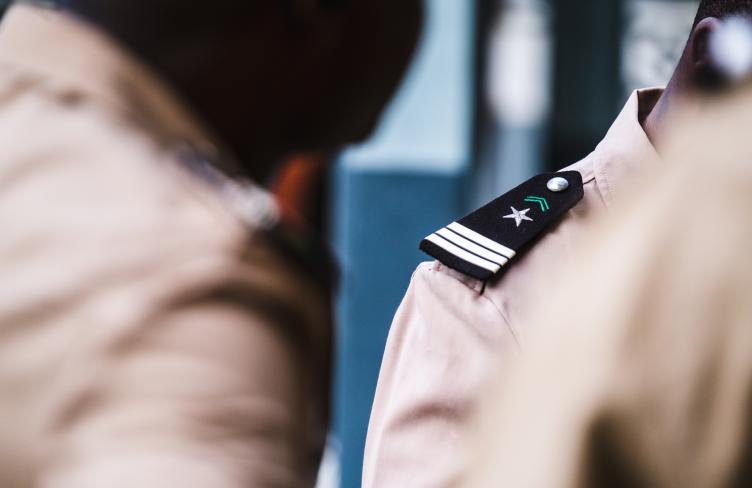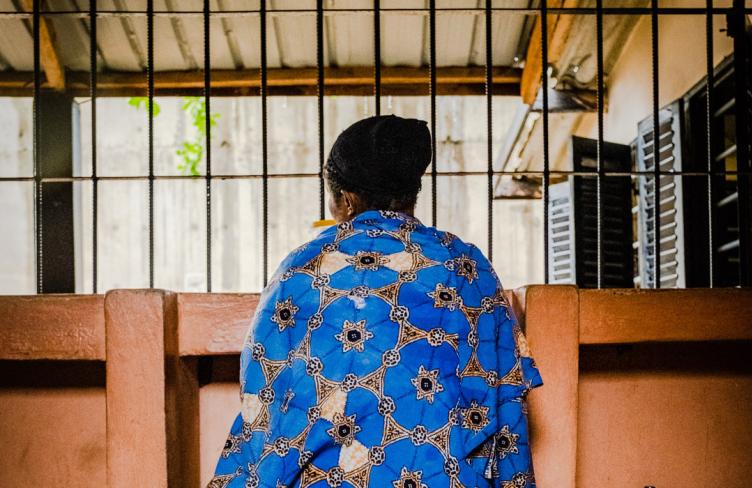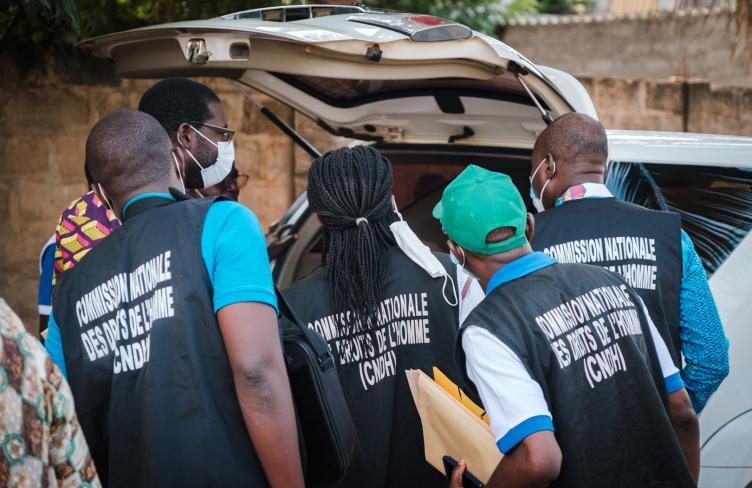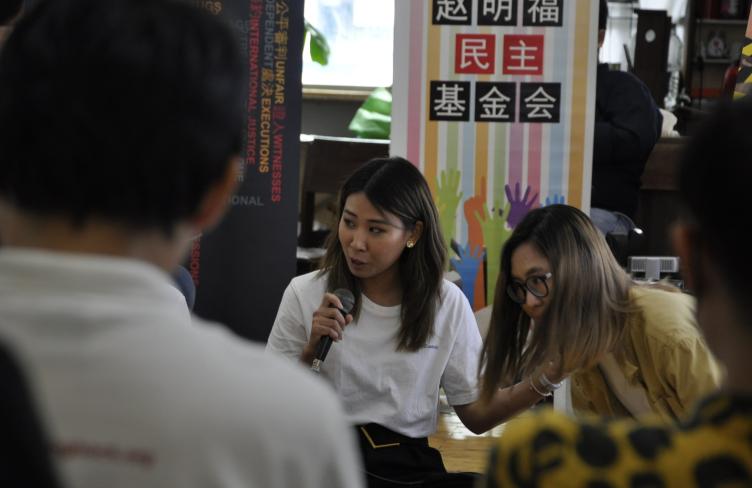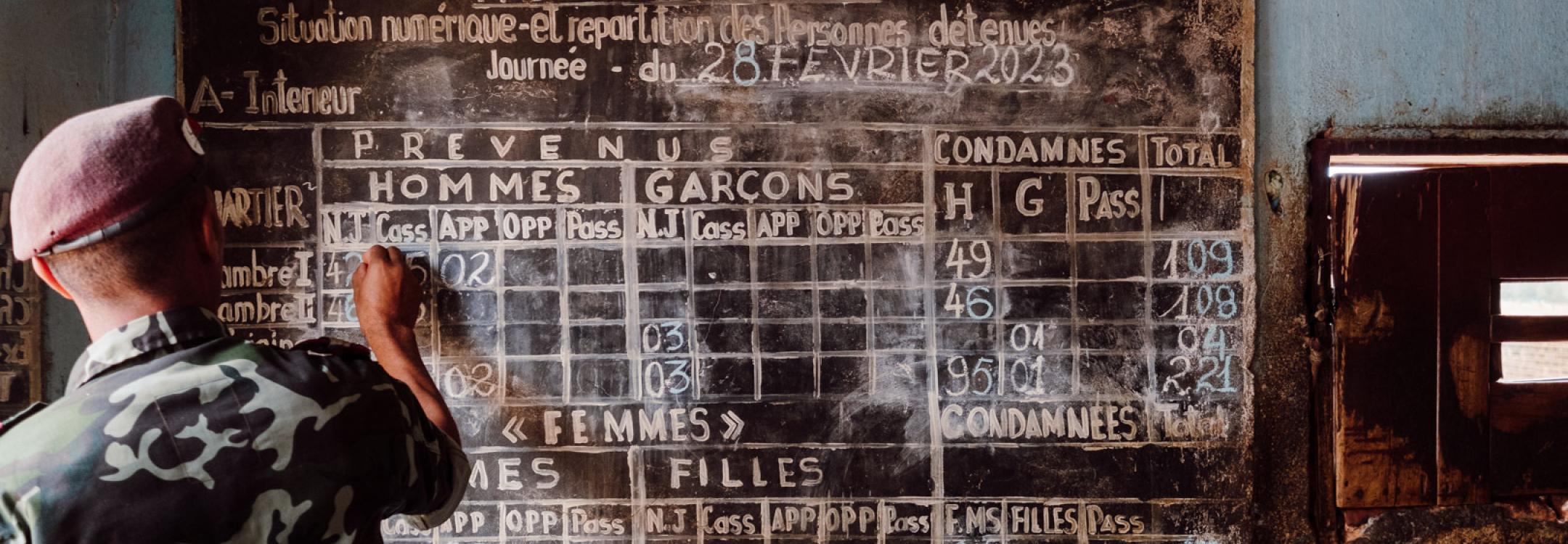
Particular moments, places and practices can heighten the risk of torture and ill-treatment. Certain groups of people can also face greater vulnerabilities when they are deprived of liberty.
Our approach responds to the risks and root causes of torture. We intervene where we can make the greatest difference, based on evidence, in partnership with others.
While working globally, we develop and implement holistic approaches to torture prevention in priority countries across all regions.
